
Invasive shrubs are rapidly taking over native forests, crowding out indigenous plants and threatening local biodiversity across the nation. Reclaiming these lands demands more than quick fixes: It calls for thoughtful, nature-aligned strategies. Fortunately, these proven methods offer a clear path forward.
Spot And Remove Young Shrubs Early
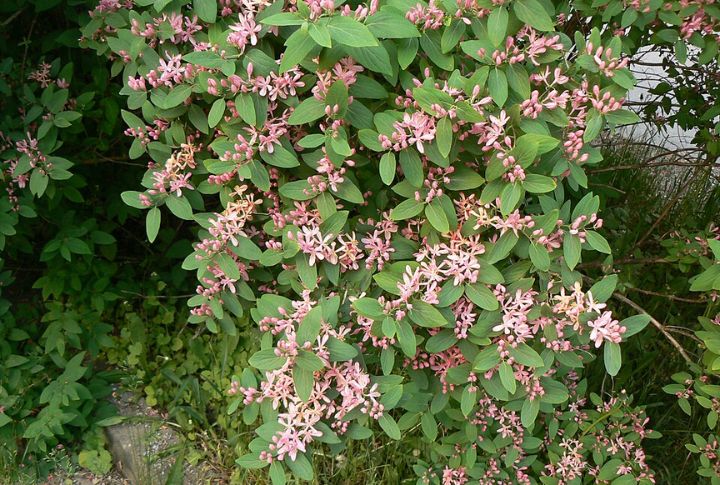
Learn to identify early invaders, such as honeysuckle or multiflora rose, and remove them before they mature. Smaller plants are easier to uproot and are less likely to have spread their seeds. Acting quickly prevents your garden from infestation and protects your precious seedlings during their vital growth stages.
Choose Manual Removal Over Quick Fixes
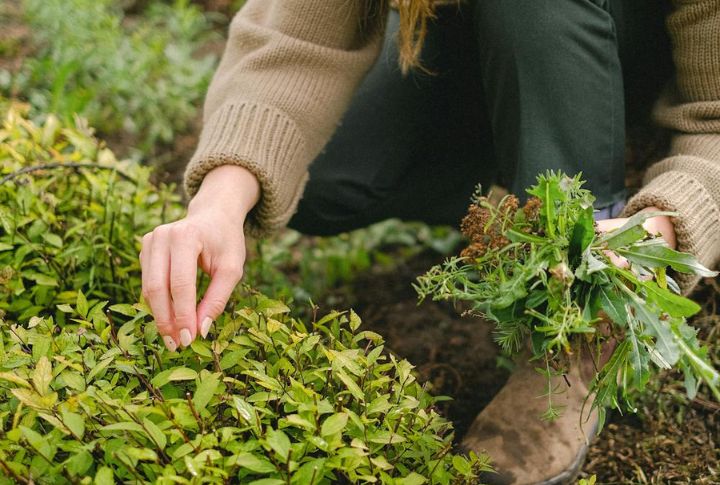
Although time-consuming, manually removing invasive species by hand ensures no extra harm falls on your native species, and the ecosystem can recover in a balanced, sustainable way. On the other hand, the use of chemical herbicides to remove weeds could disturb the soil and kill beneficial organisms.
Protect Underground Allies During Shrub Removal
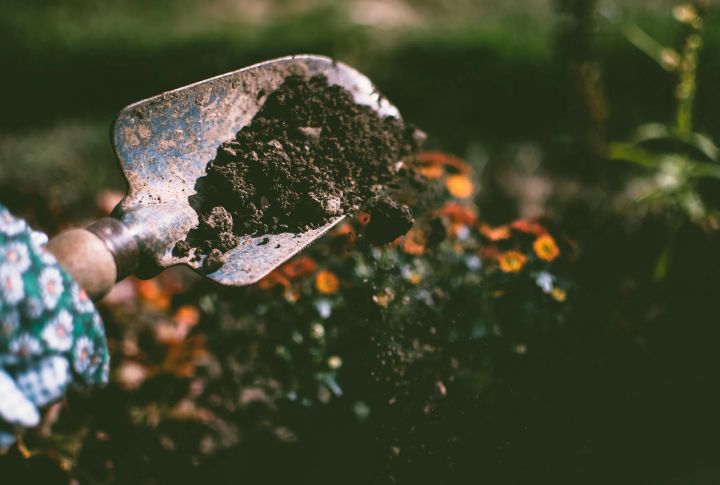
The soil beneath invasive shrubs is more than just dirt—it’s a living web of microbes, fungi, and beneficial insects that sustain native vegetation. Disrupting this environment can awaken dormant seeds and jeopardize long-term recovery. Therefore, use precision tools to disturb only what’s necessary.
Cut Stumps And Monitor For Regrowth
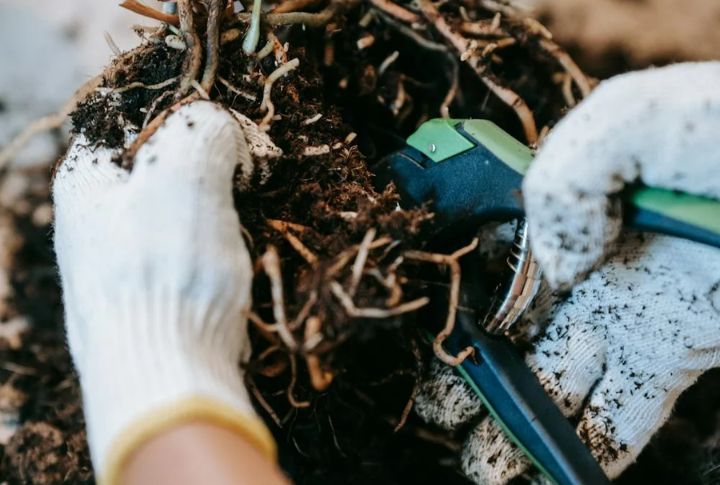
Cutting shrubs at the base is ineffective, as many invasive species quickly regenerate from stumps. So, it’s essential to monitor the area over time and treat the stump surfaces with organic and safe chemicals. This follow-up care not only prevents regrowth but also protects nearby native vegetation from being overrun again.
Replant With Native Purpose
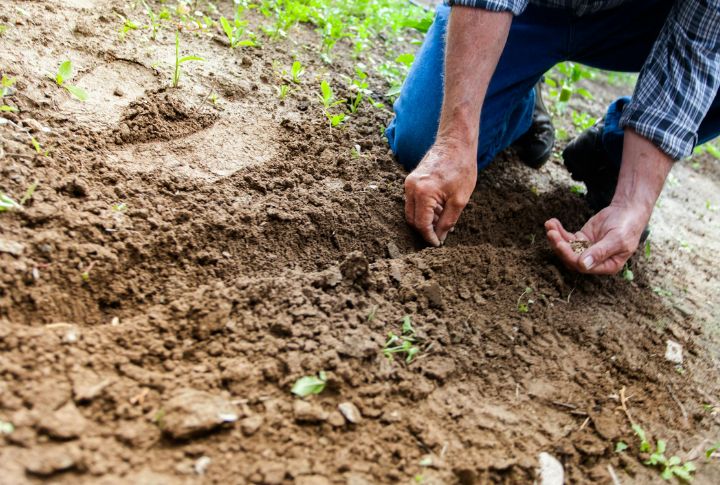
Once invasive species are cleared, the exposed soil becomes vulnerable to erosion and recolonization. To counter this, fill the space with native trees or plants suited to your region. Species such as oak and serviceberry support pollinators while improving soil quality. Prompt replanting also helps reestablish a forest structure that can resist future invasions.
Install Simple Protective Measures
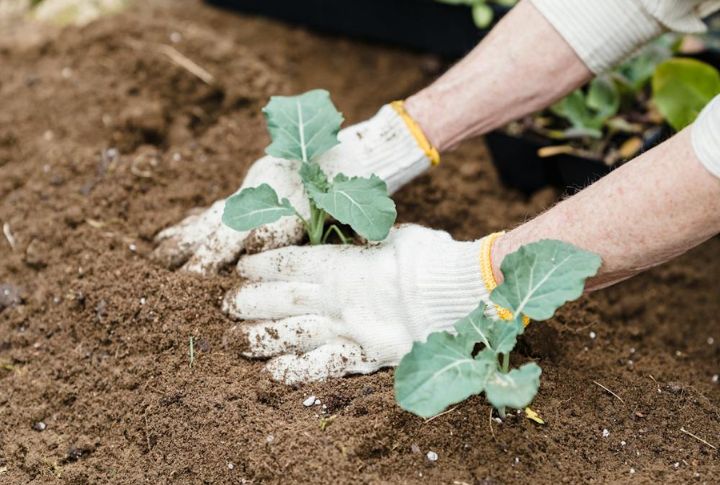
Newly planted native saplings face threats from grazing animals. For this reason, it is imperative to provide protection early on. Use tree tubes for physical defense or apply natural repellents to discourage browsing. These low-cost solutions increase plant survival rates and ensure that your restoration efforts lead to lasting results.
Mulch Smartly Around Native Plants
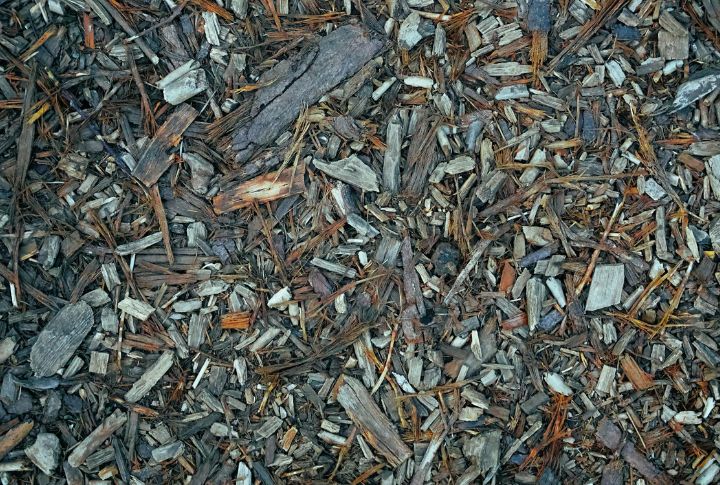
Strategic mulching can block sunlight from invasive seeds while also retaining soil moisture. Choose organic materials like bark chips or leaf litter, and spread mulch evenly across the soil surface. However, be sure to keep it away from stems to prevent decay and disease.
Create A Long-Term Monitoring Plan
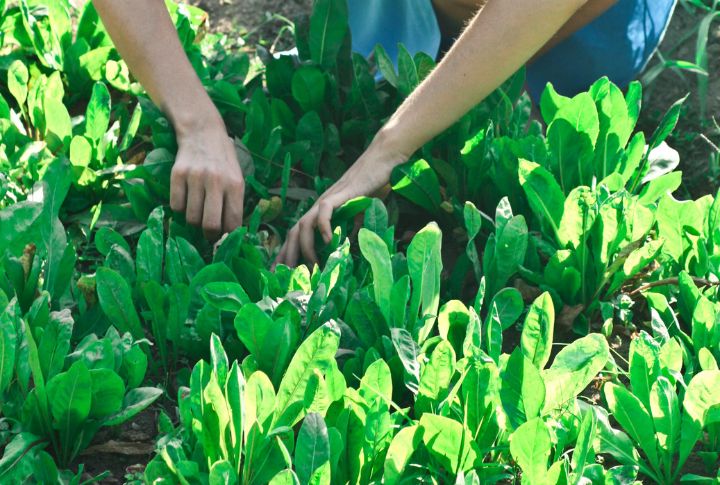
Successful restoration requires ongoing attention. Regularly monitor for invasive regrowth and track seasonal changes using photo records or field notes. By paying close attention to the recovery of native plants, you can fine-tune your approach and address emerging issues before they escalate.
Enlist The Power Of Community
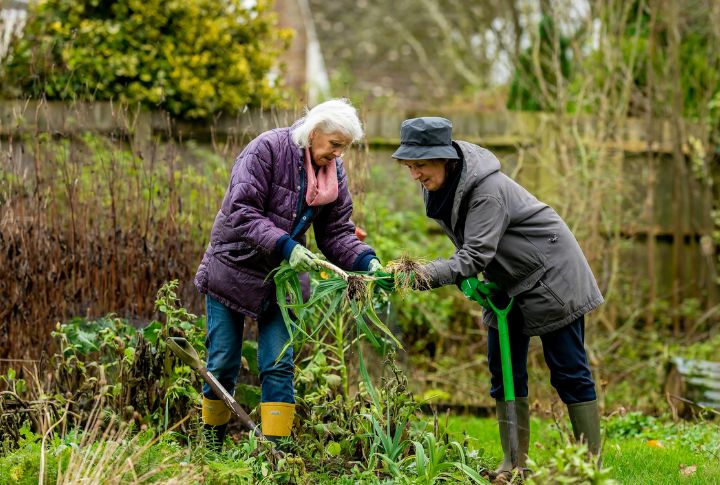
Don’t go it alone. Invite neighbors or local volunteers to join your efforts. Group workdays not only speed up shrub removal and make native planting more manageable, but they also foster a sense of shared responsibility. Engaging the community raises awareness about invasive species and encourages long-term stewardship.
Time Your Control Efforts For Maximum Impact
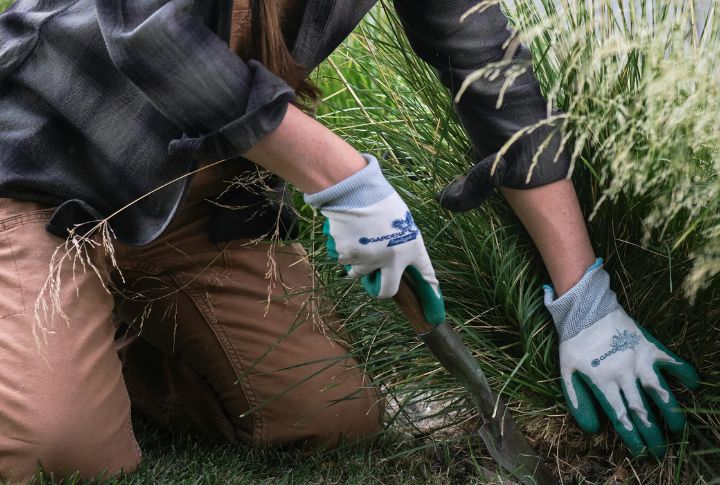
Timing is everything. Plan removal activities during key periods of plant growth. Late spring is ideal for cutting, while early fall is best for uprooting. These windows coincide with root expansion and seed production phases. Targeting shrubs when they are most vulnerable improves success and reduces the need for repeated efforts.

